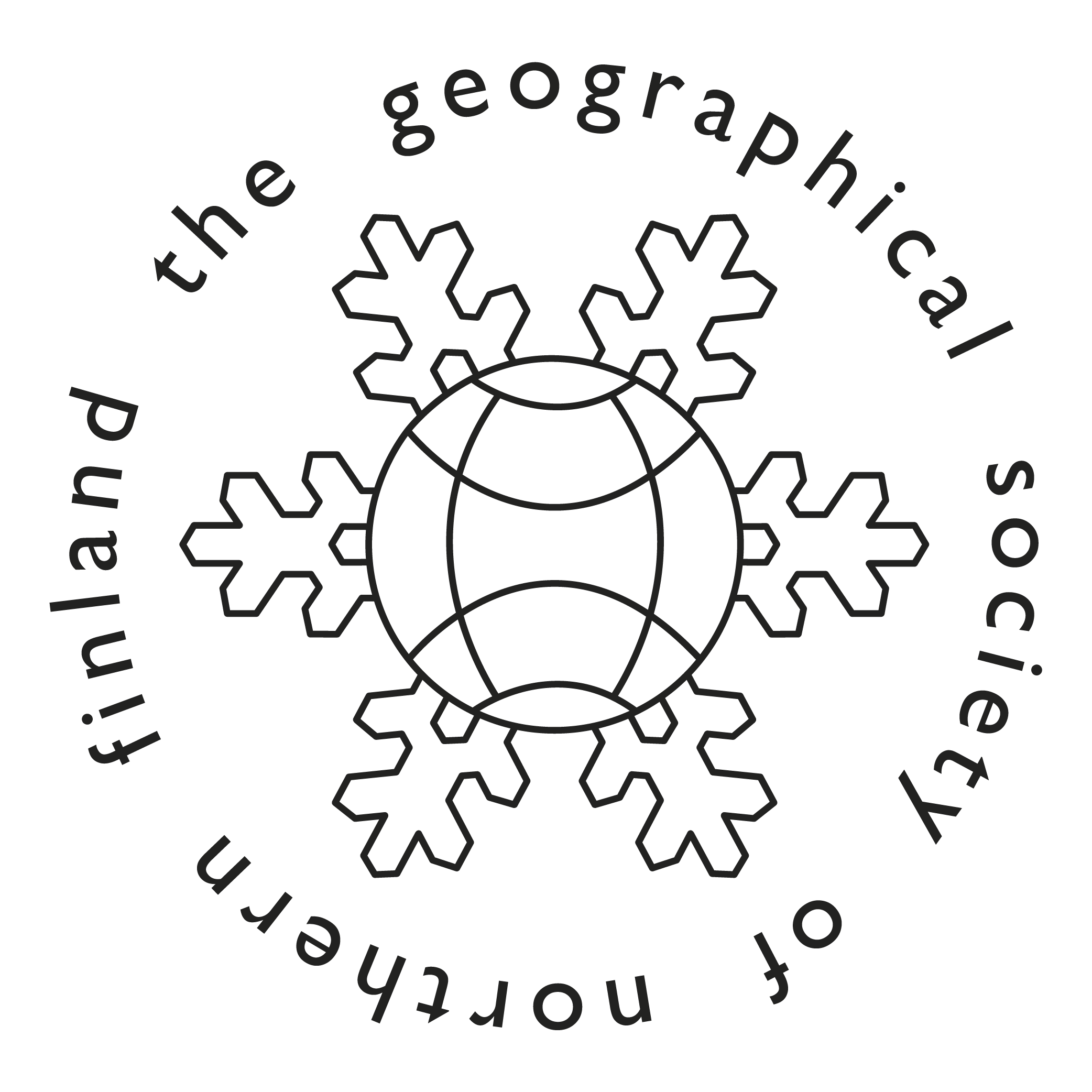Spatial and temporal trends in different dimensions of macrophyte biodiversity in boreal lakes
DOI:
https://doi.org/10.30671/nordia.102746Abstract
To comprehensively understand the impact of anthropogenic activities on biodiversity, we must understand how biodiversity has changed over time and its underlying processes. Regardless of a recent increase in scientific interest towards changes in community composition, i.e. beta diversity, these changes have not been studied comprehensively in lake environments in a spatio-temporal framework. In addition, although biotic homogenisation has gained much attention in recent decades, it is still unclear how this process acts at different levels of biodiversity through time.
The main aim of this thesis is to study temporal and spatial biodiversity patterns of vascular aquatic macrophyte communities in small boreal lakes during a period of 70 years. The focus is on beta diversity-environment relationships and different dimensions of biodiversity, with special attention to functional features. This thesis is based on three separate case studies that all have utilised temporal presence-absence data of vascular aquatic macrophytes from 27 to 28 lakes from the 1940s to the 2010s.
Vascular aquatic macrophyte communities showed only moderately different spatial beta diversity patterns in relation to human impact across decades. The patterns of different dimensions of spatial beta diversity diverged only slightly from each other. The temporal change in aquatic macrophyte communities at the lake level has been
modest since the 1940s. Nevertheless, it seems that even relatively modest changes in the environment affect temporal gains and losses of species at the lake level. There were no signs of either biotic homogenisation or biotic differentiation (taxonomic, phylogenetic or functional), but the changes in the environment have affected functional community composition and changes in functional richness to some extent.
By using the spatial and temporal beta diversity perspective, this thesis highlights the fact that even though biotic homogenisation is a pervasive problem globally, it is not an unambiguous process acting similarly at all spatial and temporal scales or in different environments and different organism groups. There are likely five partly interdependent reasons why no signs of biotic homogenisation were detected in the study area during the 70-year study period: the modest changes in the environment from the 1940s to the 2010s, high ecological resilience of the lakes, information on species presence and absence was used instead of abundance data, biotic interactions and complex community-environment relationships together with stochastic processes and climate change.
The results highlight that relying on only one or two survey points in time can result in limited knowledge of the ecological phenomenon under study, and an exceptional year in terms of weather conditions can hinder detecting overall long-term trends in compositional changes, especially under ongoing climate change. The patterns detected in macrophyte beta diversity are likely to represent situations in the extensive boreal and glaciated areas of Eurasia and North America, with largely similar species pools in many regions. Therefore, lakes across the boreal region and areas that have faced glaciation and postglacial processes might be resistant against moderate levels of human pressure.
Keywords anthropogenic impacts, aquatic plants, beta diversity, biodiversity, biodiversity facets, lakes, land use, species phylogeny, species traits, temporal trends
Downloads
Published
Issue
Section
License
Copyright (c) 2021 Marja Lindholm

This work is licensed under a Creative Commons Attribution-NonCommercial-NoDerivatives 4.0 International License.






